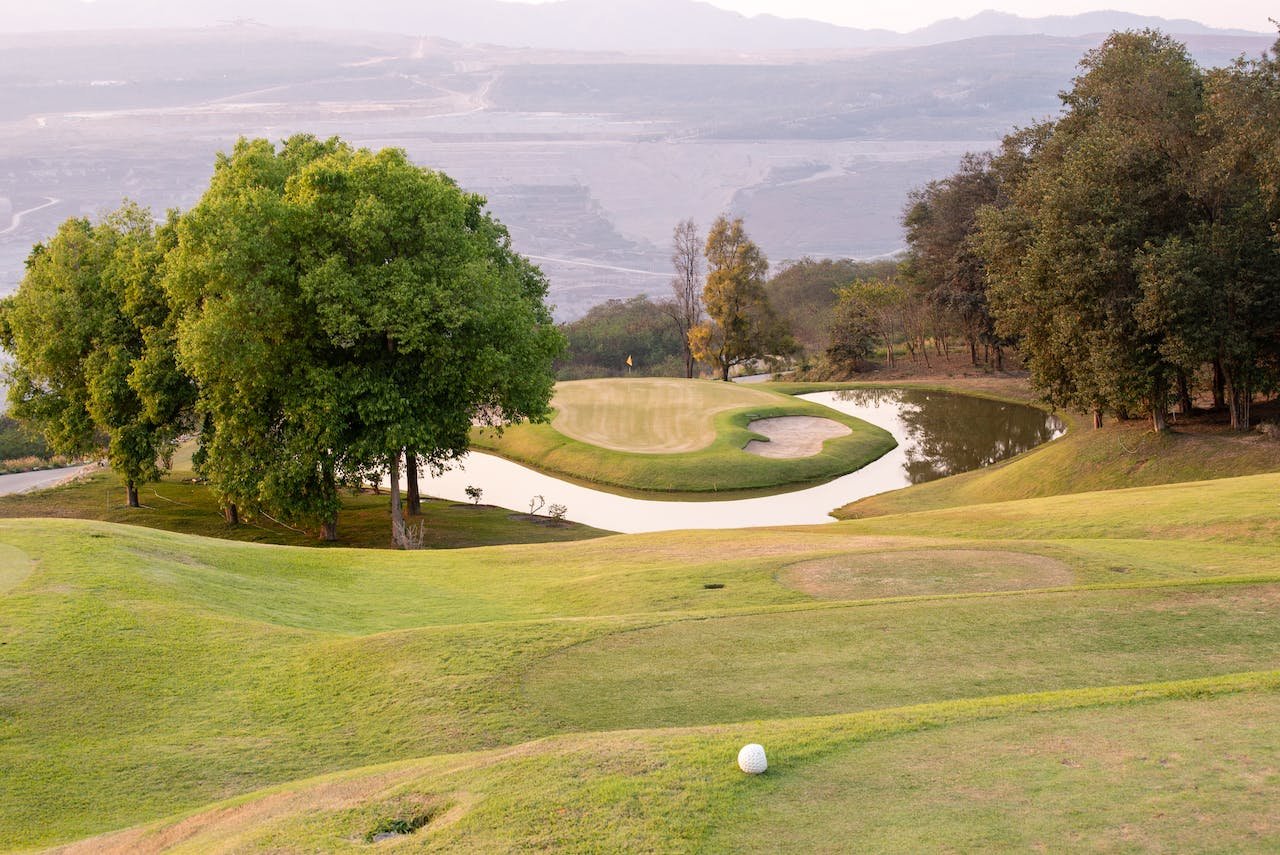Sustainable and Eco-Friendly Design: Building Greener Golf Courses
Ever wonder what the golf course of the future might look like in Wycliffe Florida? Things are changing in the world of golf course design. Forget the days of straightforward fairways, predictable bunkers and mundane putting surfaces. The latest trends are pushing the envelope, using new technology and sustainability practices to create unique courses that provide an unparalleled experience for golfers. You’ll see everything from augmented reality and virtual elements to extreme contouring and greens. Courses are also becoming more eco-friendly, using less water and chemicals. If you’re an avid golfer, the innovations happening right now are going to blow your mind and make you see the game in a whole new way. The future of golf is here – are you ready to experience it? Strap in, you’re in for an wild ride.
Technology and Innovation: Integrating Tech Into Modern Golf Course Design
Designing eco-friendly golf courses is about finding ways to make the game sustainable for future generations while also enhancing the player experience.
Using Native Plants and Grasses
Choosing plants, trees, and grasses native to the region reduces maintenance and irrigation needs since they’re already adapted to the local climate. They also provide habitat for native wildlife and a natural, authentic feel that many golfers prefer.
Conserving Resources
Building green golf courses means using sustainable construction materials and minimizing waste. Things like reclaimed wood, recycled steel, and permeable pavement are smart, eco-friendly choices. It also means reducing water usage by collecting rainwater and using low-flow fixtures.
Providing Wildlife Corridors
fragmenting the landscape, golf courses should incorporate wildlife corridors that connect green spaces, allowing animals to travel safely between habitats. Strategically placed native vegetation, ponds, and other features entice local wildlife to make their home on the course.
Reducing Pollution
Proper waste management, pollution prevention plans, and the use of alternative energy help minimize the environmental impact. Things like solar-powered carts and equipment, LED lighting, and composting food waste and yard trimmings are all part of a green golf course design.
Building sustainable golf courses benefits both the environment as well as the golfers who enjoy playing on them. Blending ecology and recreation, eco-friendly design creates stunning courses that leave a softer footprint on the land. The future of golf is green, and the course of tomorrow is sustainable, natural, and waste-free.
Maximizing Playability and Challenge: Strategies for Engaging Course Layouts
Technology has transformed nearly every industry, and golf course design is no exception. Modern architects are integrating innovative tech into their courses to enhance the player experience.
GPS and Rangefinding
Long gone are the days of guessing yardages and struggling to gauge slopes. GPS systems and laser rangefinders provide precise measurements to pins and hazards so you can make smarter shot selections. Some courses even have GPS installed on every cart.
Simulation and Virtual Reality
No need to hop on a plane to check out that renowned course you’ve always wanted to play. Simulation software and virtual reality headsets let you experience famous layouts from anywhere. You can get a feel for the design and memorize holes before you ever set foot on the actual course.
Automated Irrigation and Weather Monitoring
Smart irrigation systems automatically adjust based on weather conditions to provide ideal moisture levels for grass and greens. Weather sensors track factors like rainfall, wind, and soil moisture so superintendents can make proactive adjustments and provide the best playing conditions.
Drone Surveying and 3D Modeling
Drones provide an aerial vantage point for surveying land and generating 3D models of existing courses. Architects can analyze slopes, contours, and the overall property to identify areas for improvement or potential new routes. 3D modeling also allows for virtual fly-throughs so architects and clients can visualize concepts before construction even begins.
The future of golf course design is high-tech. But no matter how advanced the tools become, there will always be an art to crafting a course that provides a challenging yet rewarding experience for players of all skill levels. Technology simply helps architects realize their vision.
